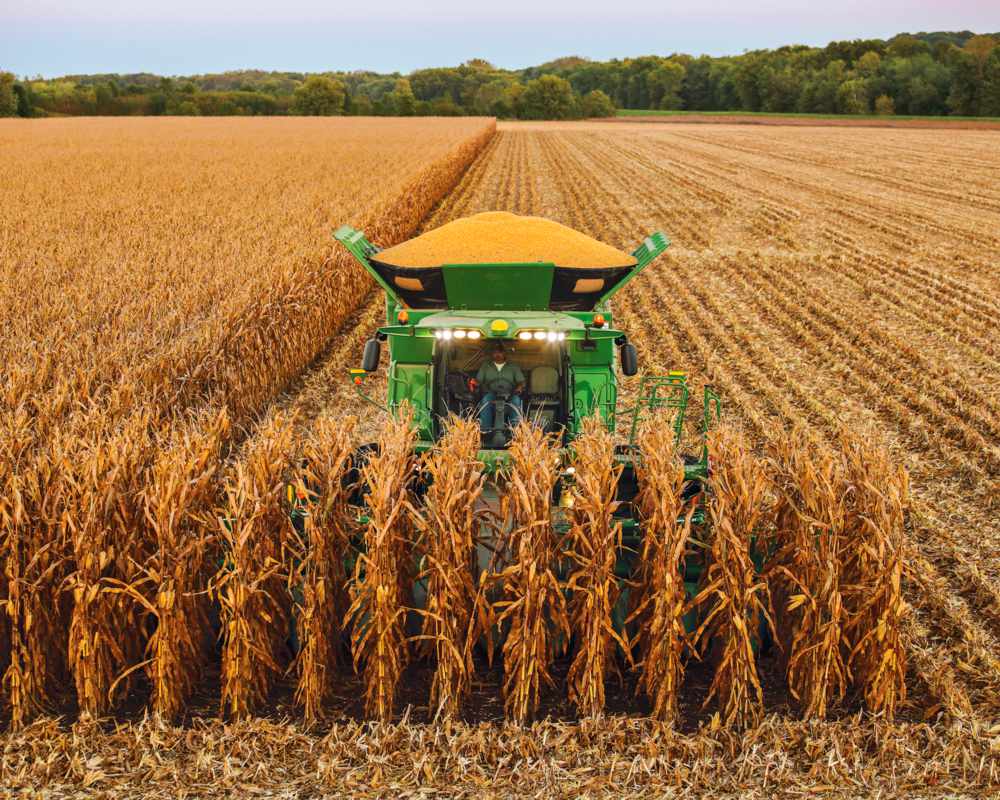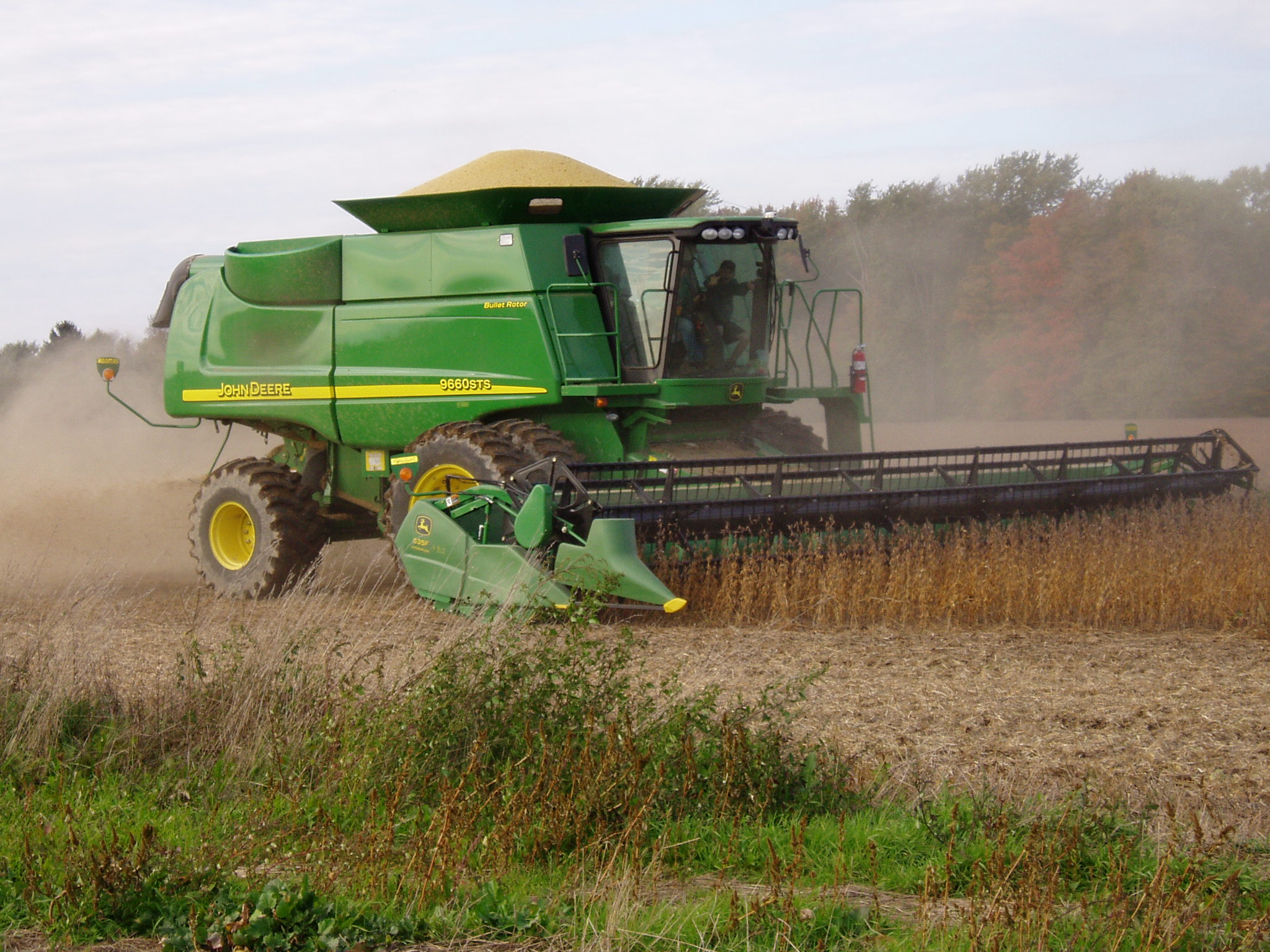Grain and soybean futures rose overnight in response to global trade developments and market anticipation ahead of key USDA supply and demand reports. The movement comes at a time when U.S. agricultural markets are especially sensitive to shifts in international trade policy and domestic production expectations.
Tariff Reductions Offer Temporary Relief—But China Tensions Persist
U.S. President Donald Trump recently announced a 90-day reduction in tariffs for most countries, lowering import levies to 10%. However, tariffs on key materials like steel, aluminum, and automobiles remain at 25%. The European Union responded by suspending its own planned retaliatory tariffs in favor of opening trade negotiations.
Despite these diplomatic overtures, tensions between the U.S. and China intensified. The U.S. imposed a staggering 125% tariff on Chinese goods, prompting China to hit back with an 84% tariff on American imports. This tit-for-tat action has raised concerns about prolonged disruptions in global trade, especially for agriculture-dependent sectors.
Market Moves Ahead of USDA Report
Investors are adjusting their positions in anticipation of the U.S. Department of Agriculture’s latest supply and demand estimates. Analysts predict a decline in corn ending stocks for the 2024/2025 marketing year to 1.51 billion bushels—slightly below the March estimate of 1.54 billion. Soybean stocks are expected to dip to 379 million bushels, and wheat inventories may rise modestly to 825 million bushels.
These shifts are already influencing commodity prices:
- Soybean Futures (May): +7¼¢ to $10.20/bushel
- Soymeal: +$1.80 to $296.30/short ton
- Corn Futures: +3½¢ to $4.77½/bushel
- Wheat Futures: +3¼¢ to $5.45½/bushel
- Kansas City Wheat: +6¼¢ to $5.74¼/bushel
The USDA’s unexpected downward revision of corn ending stocks provided additional market support.


Ethanol Production Drops to Two-Month Low
Adding another layer to the shifting landscape, ethanol output in the U.S. fell to its lowest level since late January. According to the Energy Information Administration, average daily production dropped to 1.021 million barrels for the week ending April 4, down from 1.063 million barrels the previous week.
Most of the decline originated in the Midwest, the country’s primary ethanol-producing region, where output fell to 966,000 barrels per day. Conversely, minor increases were recorded in the Gulf Coast and East Coast regions. Meanwhile, ethanol inventories rose to 27.034 million barrels from 26.612 million—a potential indicator of weakening demand or export complications.
Red Flag Warnings Across the Plains
The National Weather Service has issued red flag warnings across South Dakota, Nebraska, and parts of north-central Kansas. These warnings highlight high fire risk due to strong winds and low humidity levels.
- South Dakota: Winds of 15–25 mph, gusts up to 35 mph, RH around 18%.
- Nebraska & Kansas: Sustained winds of 20–30 mph, gusting up to 35 mph, RH as low as 19%.
“Any fires that develop will spread quickly,” warned NWS, strongly discouraging outdoor burning in affected areas.
A Week of High Stakes for U.S. Agriculture
From volatile futures to uncertain international trade and dangerous weather conditions, American agriculture faces a multifaceted week. While reduced tariffs for non-China countries and lower corn stocks provide some short-term optimism, continued ethanol production challenges and the unresolved U.S.-China trade war are clouding long-term outlooks.
Stakeholders across the agri-value chain—from farmers to exporters—will be watching closely for policy signals and market data in the days ahead.